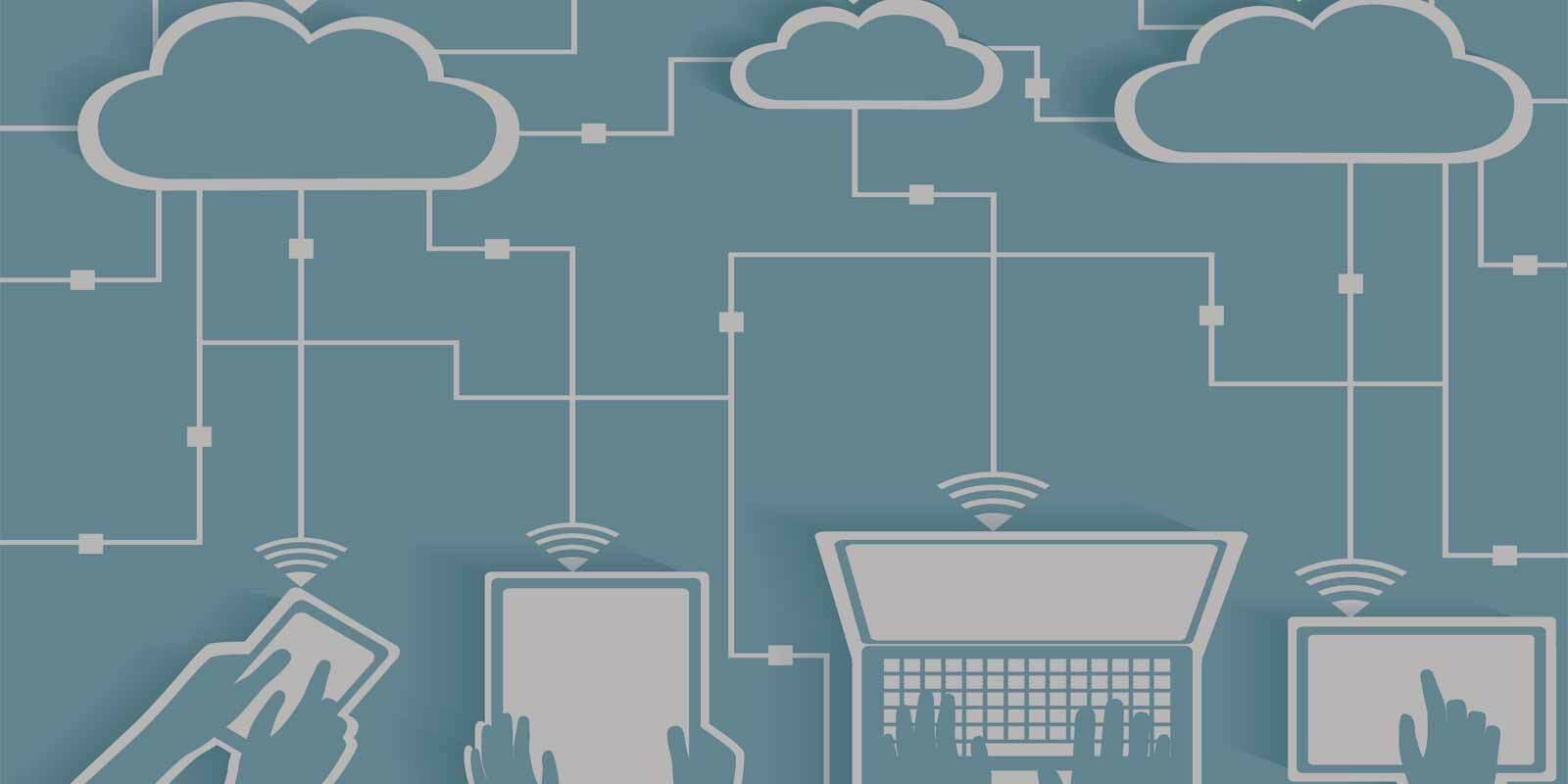Other projects’ risk logs revealed a very similar approach to describing and recording risks....
Unified Endpoint Management and Threat Management

While this pandemic worst may be over, its effects are being felt today. After two years of interruption, school-age children are trying to catch up academically and socially. Air travel is a mess. Also, cyberattacks have increased across all industries. When COVID-19 was at its height, cyber threats rose by 81%, and 79% of all organizations reported a loss of business operations and threat management during that time.
The FBI issued warnings, describing the growth in attacks and malicious activity as unprecedented, as a result of the significant increase in the risk of cyberattacks. The FBI announced that it received record amounts of complaints from the Internet Crime Complaint Center in its 2021 Internet Crime Report (IC3).
“Among the 2021 complaints received, ransomware, business email compromise (BEC) schemes, and the criminal use of cryptocurrency are among the top incidents reported,” said the report. The most common attack vectors were phishing and its offshoots, phishing emails, and phishing scams.
The hybrid office and remote work have contributed to an increase in cyberattacks. Although employees must have access to corporate networks and cloud resources, they are no longer protected by the organization’s on-premise security system. Additionally, the usage of personal devices is becoming more commonly recognized, and the increase in BYOD has complicated overall security even further.
Threat actors are utilizing this new workplace norm to their advantage. They are aware that security teams have changed how they communicate with employees and that most employees can no longer just ask the individual in the cubicle next to them if they sent the email with the unusual attachment. Until organizations address threat management, especially mobile threat management, and endpoint security, phishing and other cyberattacks will continue to increase.
Changes in Threat Management
Traditional threat management techniques were more akin to building components. With what you already had, you could create. Traditionally, endpoint security and threat management tools like firewalls, antivirus software, and VPNs have been present in the majority of enterprises. Because security issues are always changing, you must upgrade your current system to provide more protection, which can surpass your security budget. It is necessary to buy new tools, install them, integrate them with the rest of the system, and test them before releasing them.
It’s possible that pre-COVID systems worked well when everyone worked in buildings that have been strictly monitored by the IT team and when strict rules around BYOD and shadow IT are easier to monitor and enact. However, there will never be another IT and security organization like that.
Employees are connecting to the network from all over, including remote places and a variety of devices. Companies can no longer afford to have multiple apps for device management, security management, and provider integrations due to the increase in cyber threats and workload in IT departments. Instead, a modern, complete Unified Endpoint Management (UEM) system must include threat management capabilities for both mobile and traditional endpoints.
Why Turn to UEM
UEM creates a single console or single-pane-of-glass interface for managing, monitoring, and securing different endpoints. It covers every device connected to the network, regardless of its location, operating system, or device kind, including Internet of Things (IoT) devices.
These features should be included in a UEM system:
- Push updates to all system-connected devices
- Simple interface for managing both desktop computers and any mobile device
- Remote wiping options to protect data in the event that the device is lost, stolen, or otherwise compromised
- BYOD is simple to add and update
- Management of devices and applications.
UEM builds on existing management platforms, such as enterprise mobility management (EMM), mobile application management (MAM), and mobile device management (MDM) (EMM). These management tools, however, are much more detailed:
- MDM focuses exclusively on the functions that are allowed on mobile devices.
- MAM is needed to analyze mobile devices more generally, including both business and personal application management.
- Security and control of corporate devices, such as laptops, desktops, smartphones, and tablets, are provided by EMM.
UEM in Threat Management
The management of devices is fragmented. The information is fragmented. With so many different endpoints spread over so many different locations, it is impossible to detect or find everything, which creates blind spots in security. The dangers of a cyberattack increase and the capacity to react and mitigate threats reduce when data, devices, and the network cannot be seen and protected.
The UEM improves security management by bringing visibility across all devices. Security rules, such as patch management, OS updates, or identity/privilege management, can now be specified for every device.
Compliance is at risk when there is a lack of effective threat management throughout the entire infrastructure. Users may stay compliant with industry and government regulatory standards on all of their devices thanks to UEM’s security features, which are especially important in the mobile environment.
Finally, to protect networks and devices from potential cyberattacks, threat management calls for someone to, well, manage those things. SMBs are unlikely to have the onsite personnel as large enterprises do to protect a hybrid workforce and hundreds of endpoints.
What employees can do to protect the company and its endpoints is restricted by problems like the lack of skilled security personnel and their own exhaustion. Businesses of all sizes, but especially SMBs, need a tool that can scale with the increasing number of devices and handle all types of management services needed to keep an organization secure. A UEM solution like IBM’s MaaS360 is the answer.
Here at CourseMonster, we know how hard it may be to find the right time and funds for training. We provide effective training programs that enable you to select the training option that best meets the demands of your company.
For more information, please get in touch with one of our course advisers today or contact us at training@coursemonster.com
